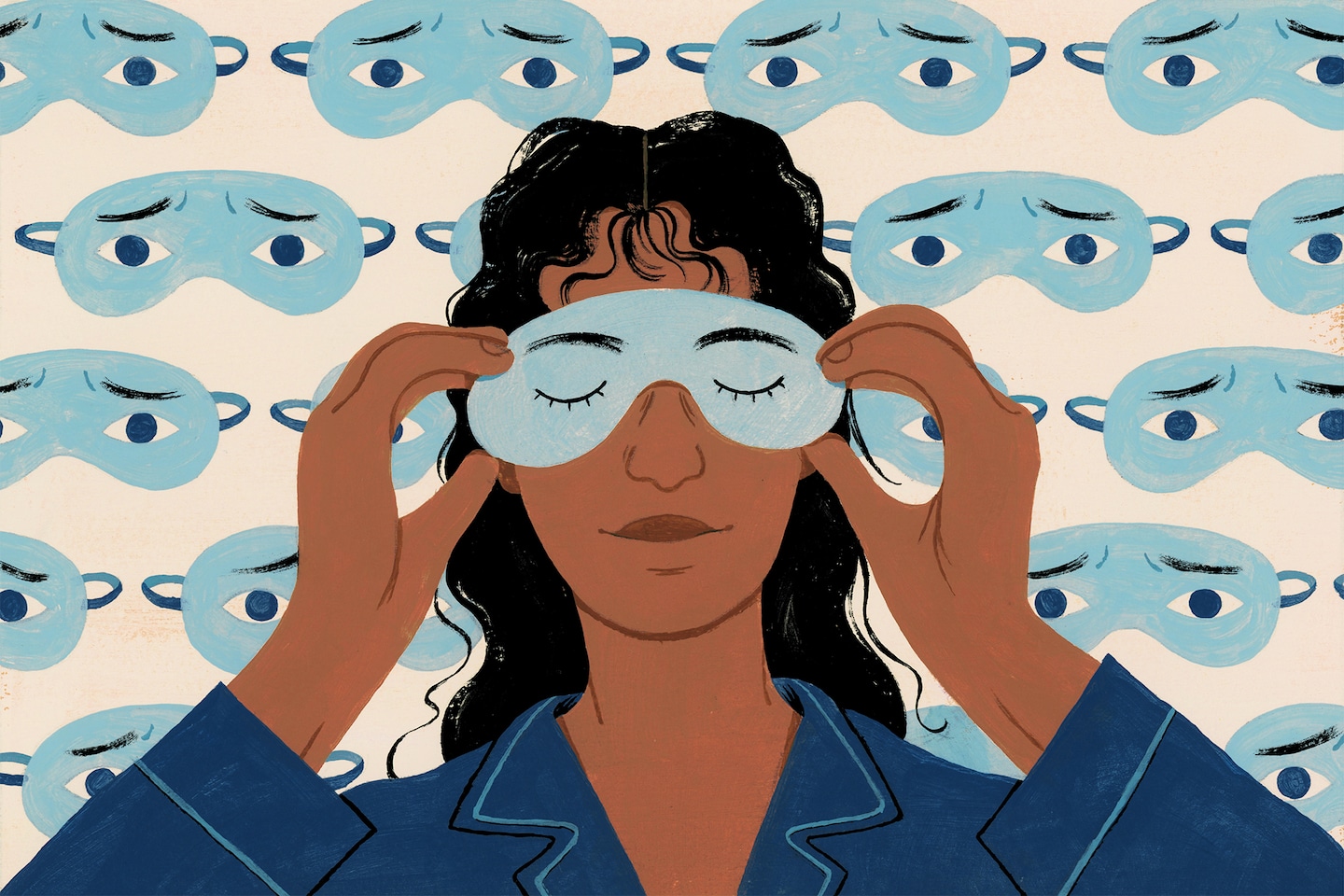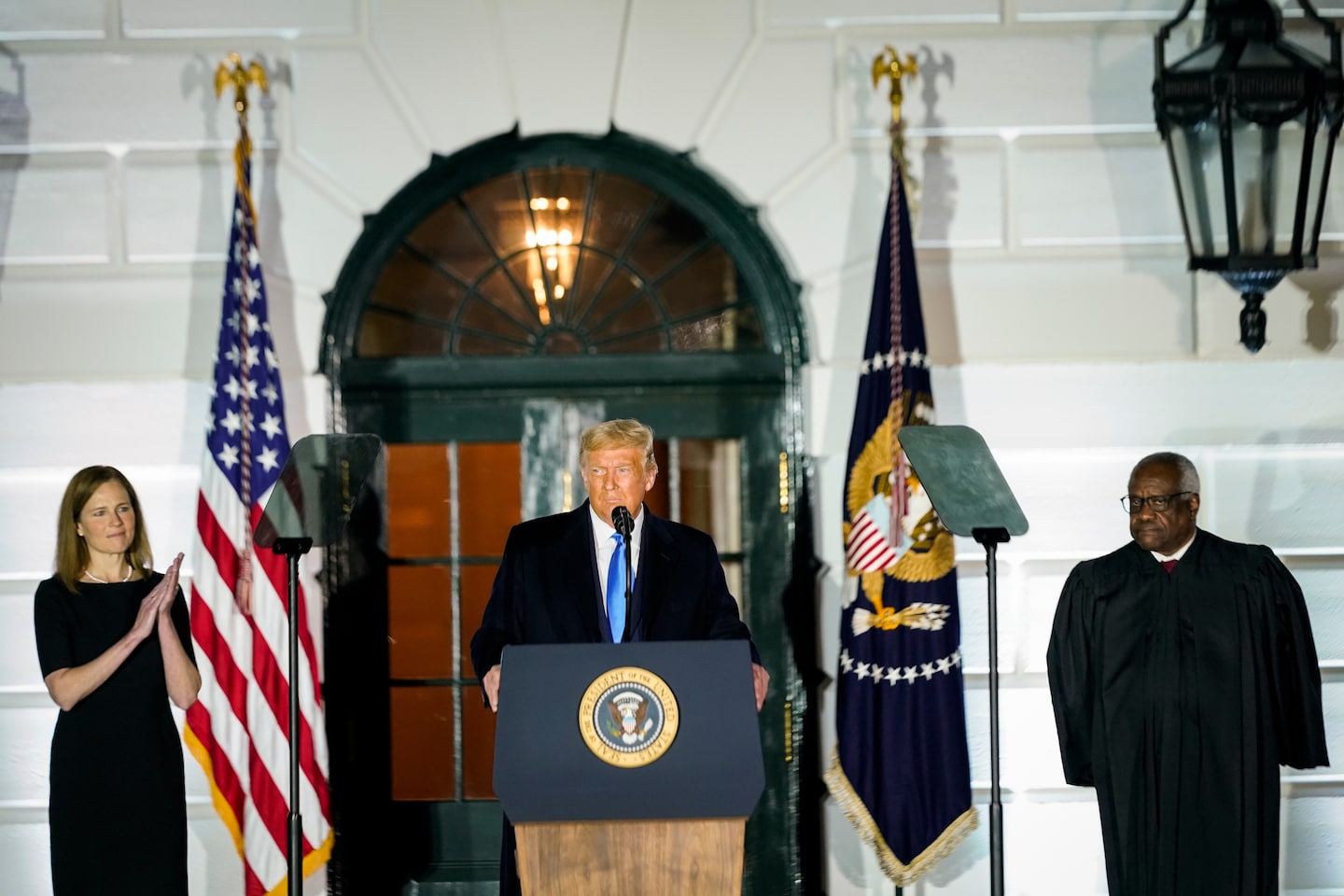I am comfortable declaring, unequivocally, that flying is broken. So much so that I’ve started grading airline inconveniences on a curve, like someone who’s been on a string of really bad dates that make a below-average suitor seem like Ryan Gosling.
Only a week’s delay until I get the checked suitcase full of my favorite clothes that went MIA on the way home from Houston? Huge sigh of relief. Paying $75 for a “premium” seat on a cross-country flight with a mere extra inch of legroom? I feel like a rock star.
Little about the experience of modern flying is acceptable. But surely, somewhere between my Stockholm syndrome and the rage other passengers misdirect toward flight attendants lies a reasonable response to the inconvenience, discomfort and occasional danger of boarding a commercial airplane.
That’s where Ganesh Sitaraman, a professor at Vanderbilt University Law School and the author of “Why Flying Is Miserable: And How to Fix It,” comes in. I cornered him on a recent evening while he was visiting D.C. to ask whether he really thinks there’s a way to end our misery — one that doesn’t just involve paying higher prices.
His answer: Ask not what more we can do to survive our flying experiences. Ask more of the country’s airlines.
The U.S. airline industry, Sitaraman points out, got more than $50 billion in government bailouts during the pandemic because it provides an essential service. But it is not being required by policymakers to deliver adequate service to the American public. At the core of its dysfunction, he argues, is that we treat flying like a luxury instead of what it is: basic, critical infrastructure for a big country in a fast-moving age.
Before the current era of deregulation, which began in the late 1970s, the federal Civil Aeronautics Board set more uniform standards for airline prices and routes, and the airlines competed on services, yielding such frivolities as piano bars and free rounds of Chivas Regal in coach. Sitaraman would not see us return to that era, in part because of the high prices. But he does think airlines should be forced to have consistent fares based on distances traveled, not based on when you book your ticket — similar to the way subway fares are consistent regardless of when you purchase them. It should cost you the same, in other words, to board a direct flight from New York to Kansas City whether you purchased your ticket for a last-minute family health emergency or whether you booked it months in advance to attend a conference.
In a new report he co-authored with consumer advocate Bill McGee, a former Federal Aviation Administration flight operations manager, Sitaraman also advocates disallowing any one airline from dominating a hub such as Dallas, Chicago or Atlanta, with the idea that this would lead to more competition and resilience. If one airline suffers a software glitch, a whole city’s connecting flights don’t have to be canceled.
The two also argue that airlines should be required to return to the practice of honoring passengers’ tickets from other carriers’ flights when a cancellation or missed connection occurs — the priority being to get passengers where they need to go.
Airline industry leaders often defend the status quo by arguing that a free market creates the best conditions and lowest fares for passengers. But a truly competitive marketplace for air travel has not emerged since deregulation, given the high barriers to starting an airline and to achieving economies of scale. Instead, we’ve seen decades of bankruptcies and consolidation, as well as ever-shrinking options for reaching smaller U.S. cities.
That’s why I largely agree with Sitaraman and McGee’s policy prescriptions — and their view that air travel should be treated more as a public utility. But I’m more skeptical than they are about how a new regulatory landscape would affect the affordability of flying.
Sitaraman argues that preventing common ownership of airlines — stockholders who are invested in multiple competitor airlines — could help to encourage competitive pricing. But absent a cap on fares, which could render running an airline even less financially viable, it’s hard to imagine how to keep airlines from passing on the cost of compliance with new regulations to consumers.
The suggestions offered by Sitaraman and McGee are also unlikely to solve crew shortages, weather cancellations, long security lines, manufacturing mistakes (falling doors, anyone?) and other plagues of air travel. What’s most valuable about them, however, is that they revive a public debate about airline policy. Even if we fall short of a full overhaul of the industry, there are narrow but significant ways government might fix flying for the better.
For instance, the FAA or Congress could set a minimum size for legroom in economy-class travel, which has shrunk over time. Although the FAA held a public comment period on the topic in 2022, it has failed to regulate seat size or pitch (the distance between the back of one seat and the one behind it).
Where I wholeheartedly agree with Sitaraman is in his suggestion that flying could get a lot better if the country were to finally invest in high-speed rail (political pipe dream though it might be), to reduce the burden on airports for short trips such as the one I often take between D.C. and Boston. If traveling that route by train could take less than seven hours, at an affordable price, I’d certainly opt for it over airport maneuvers that increasingly feel like training for the zombie apocalypse.
But train travel in the United States, run by Amtrak as a government corporation, suffers a different kind of dysfunction and has never enjoyed the same level of public investment as the sophisticated rail systems in other nations. Riding fast, far-reaching, on-time trains in Europe and Japan — admittedly, over smaller geographic terrains than in this country — leaves me wondering whether we can still muster the political will to have good things in America.
On this front, McGee, who has been agitating for 40 years for airline industry reform, is more of an optimist than I am. He thinks American passengers’ frustration with air travel has reached a boiling point. “I think the zeitgeist is in our favor,” he told me. “People are finally really pissed off.”
Indeed. The question is whether Americans will bring our anger at high altitude down to the ground — to demand more of airlines and our political leaders. Consider this, for a start, my official complaint.






